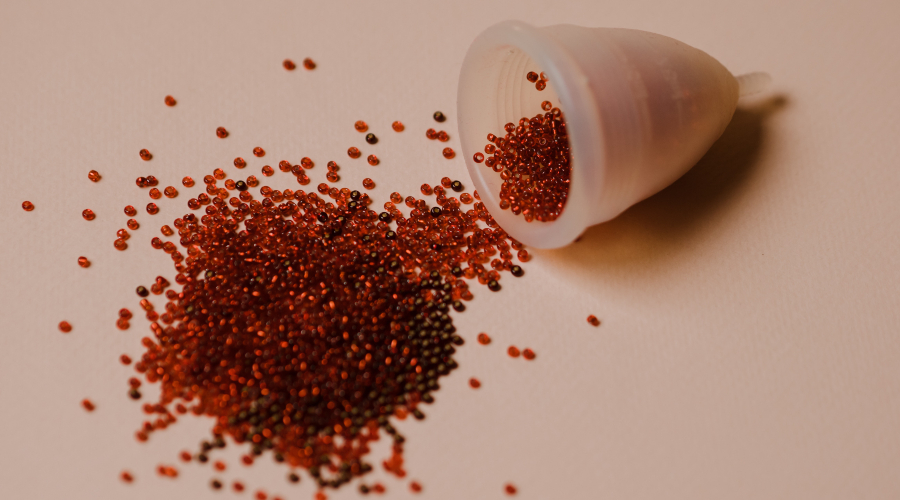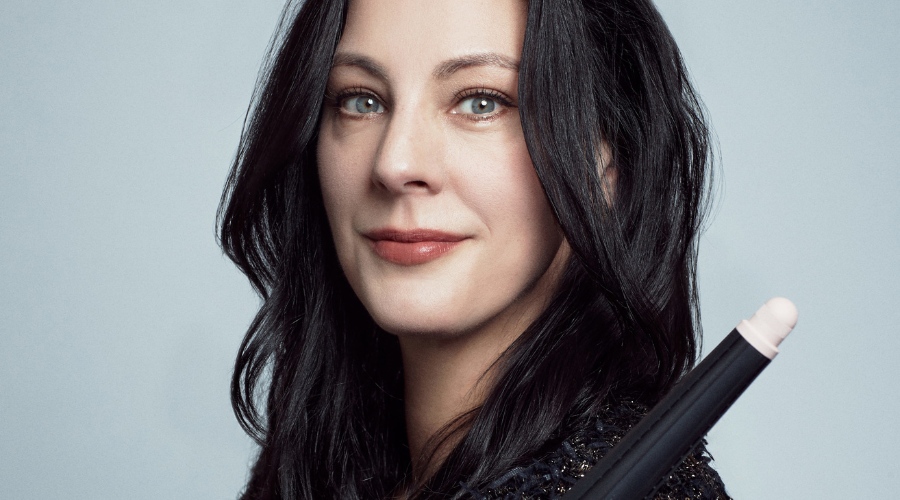Menstruation has been a taboo topic for as long as I can remember. Society often avoids openly talking about menstrual health, sanitary products, and the challenges that come with it. For instance, when buying sanitary pads, the shopkeeper wraps them in layers of paper and a brown bag before handing them to us, making us feel like criminals smuggling illegal items. People still consider it a hush-hush topic resulting in less awareness and education around new hygiene products that could be a better alternative to tampons or sanitary pads.
Menstrual cups have been introduced for quite some time; however, people always find a reason not to use them even though they are clearly an eco-friendly and convenient alternative to pads and tampons. They offer protection for up to eight hours and do not need constant changing. We spoke to the people who make menstrual cups to understand why it hasn’t gone mainstream yet. Here’s what they had to say.
Menstrual Cups And Cultural Taboo
The biggest naysayers of menstrual cups often happen to be people who believe that you can lose your virginity while wearing the internal cups. “As a brand, we understand the apprehensions of young menstruators when they are introduced to the cup. But, virginity is just a social construct. The hymen is nothing but a fold of tissues (much like a scrunchie), which parts when a foreign object is introduced into the vaginal canal. For some people, it may cause slight bleeding, but for most others, it won’t,” comments Tanvi Johri, Co-Founder & CEO, Carmesi. However, scientifically speaking, having a hymen does not amount to a person’s virginity. It can also get ruptured due to vigorous physical activity and strenuous exercises.
Menstrual Cups And Hygiene Health
The shunning of the menstrual cup is quite telling of how society sees period blood. The cups are supposed to be inserted and removed while you are bleeding and then washed and boiled to maintain hygiene. People who are queasy about blood, or think that it’s ‘dirty’ take a hard pass on them. This misconception leads to many missing the fact that they can be one of the most hygienic and sustainable options for period protection. As compared to tampons, cups also have a lowered risk of developing Toxic Shock Syndrome. The condition arises when bacteria called Staphylococcus aureus colonise a healthy woman’s vagina and activates the immune system and causes multiorgan failure. Also, tampons can cause serious bacterial infections and yeast infections.
Menstrual cups are free from dioxin present in pads and tampons and save one from many vaginal infections while maintaining the vaginal pH. So while the risk is lowered, it is essential to maintain hygiene while using a menstrual cup. Washing it with a menstrual hygiene wash before and after use will help you avoid infections. Rinse and clean your cup with a pH-balanced menstrual wash, wash your hands thoroughly every time you handle the cup, sterilize it at the beginning and end of your period cycle, and store it in a cool and dry place, preferably in a cloth bag. “Leaving any product in for longer than necessary might be harmful to your health. To avoid an increased risk of Toxic Shock Syndrome, do not leave your menstrual cup in for more than 12 hours,” says Harry Sehrawat, Co-Founder, Sanfe.
Menstrual Cups And Allergies
The substances that menstrual cups are made of may cause vaginal discomfort and allergic responses in certain people. Given the prevalence of latex allergies in the population, most menstruation cups are constructed of hypoallergenic and hygienic,medical-grade silicone. This lowers the risk of silicone allergies. However, if proper cleaning and sterilisation of the cups are not maintained, it can lead to allergies. Suppose you do experience redness or rashes in and around the vagina. In that case, you should remove the cup immediately and seek medical help. “Our Carmesi Cup is made with 100% biocompatible medical-grade silicone and is FDA approved,” revealed Tanvi.
Menstrual Cups And Sustainability
One of the major benefits of menstrual cups is that they are reusable. In India especially, this can be a win because menstrual cups are not only good for the environment but they also last up to 10 years making them cost-effective,” says Anika Parashar, Founder and CEO, The Woman’s Company. A rough estimate states that each person who menstruates uses close to ten thousand pads in their lifetime. That amount of non-biodegradable waste that a single person generates already hurts the environment. Switching to the cup thus becomes an overall sound decision for sustainable living.
Menstrual Cups And Ease Of Usage
One of the biggest complaints that menstruating people have is that menstrual cups are uncomfortable. “Menstrual cups take time to get used to. From the right fold to the right angle, it is quite a learning curve,” says Tanvi. A crucial factor that matters when you choose a cup is also whether you have given birth vaginally and what your flow needs are. For young menstruators, Tanvi recommends the small size cup.
Harry further explains, “The cup lies below the cervix to collect the flow while remaining fully inside the vaginal cavity. Check the dimensions of the cup to see how it measures up before buying to find out your measurements.” This means that you will have to do some exploring in your nether regions and familiarise yourself with the area!
























